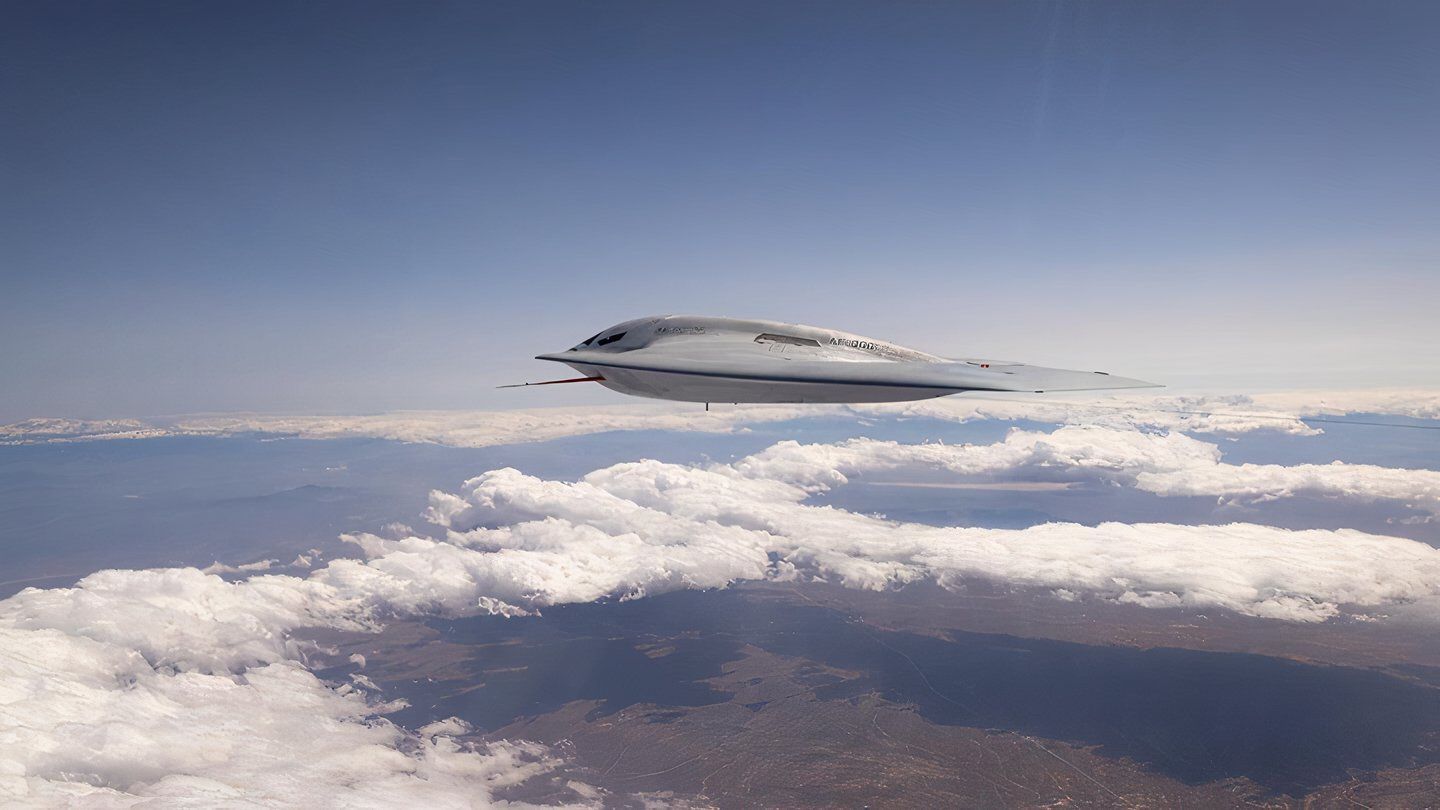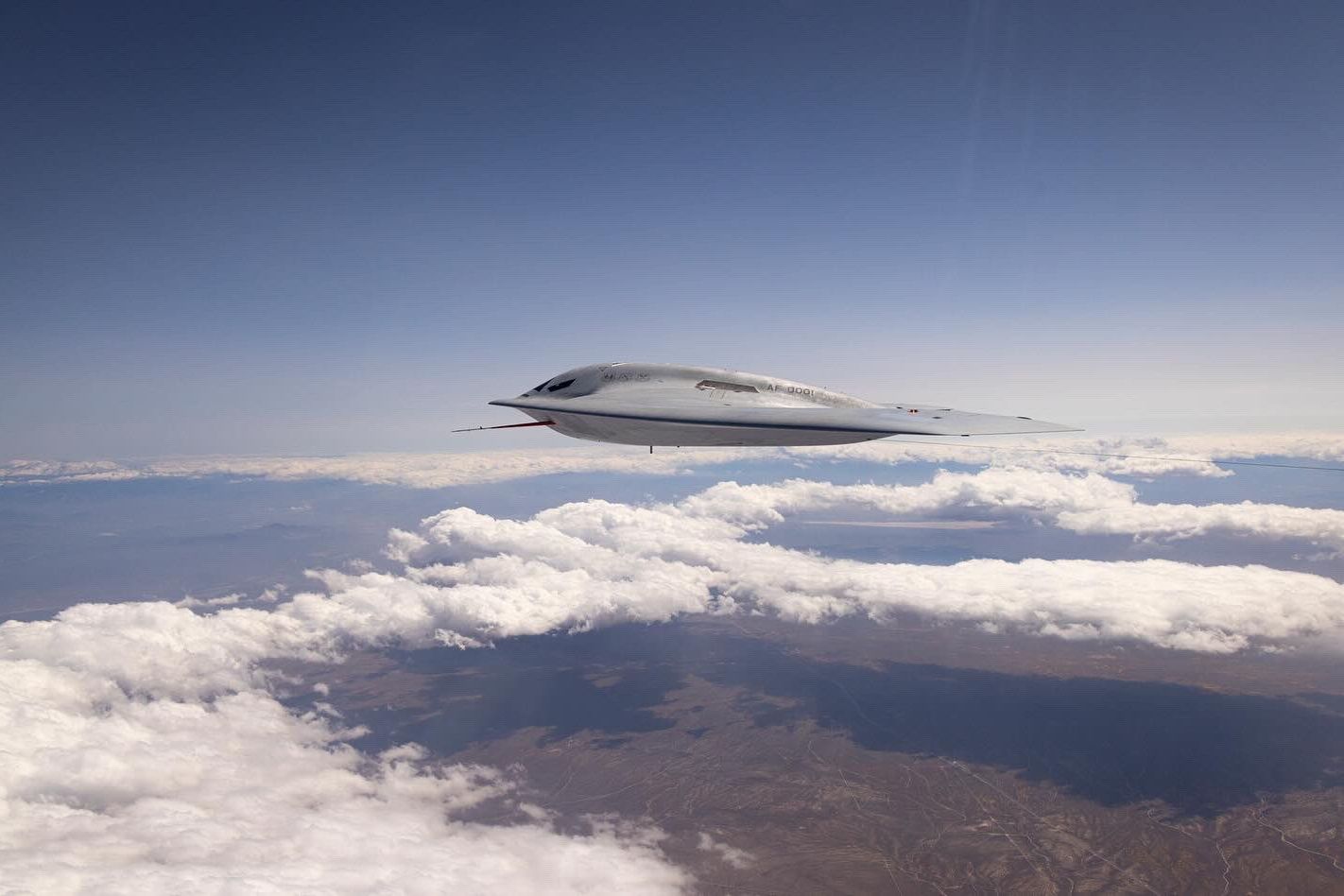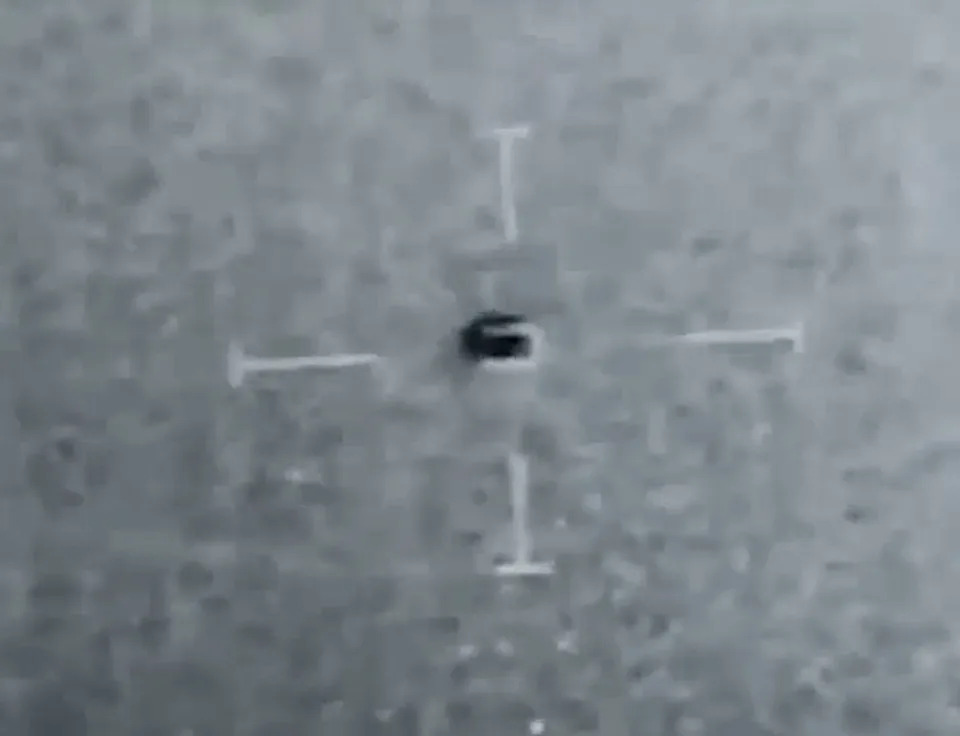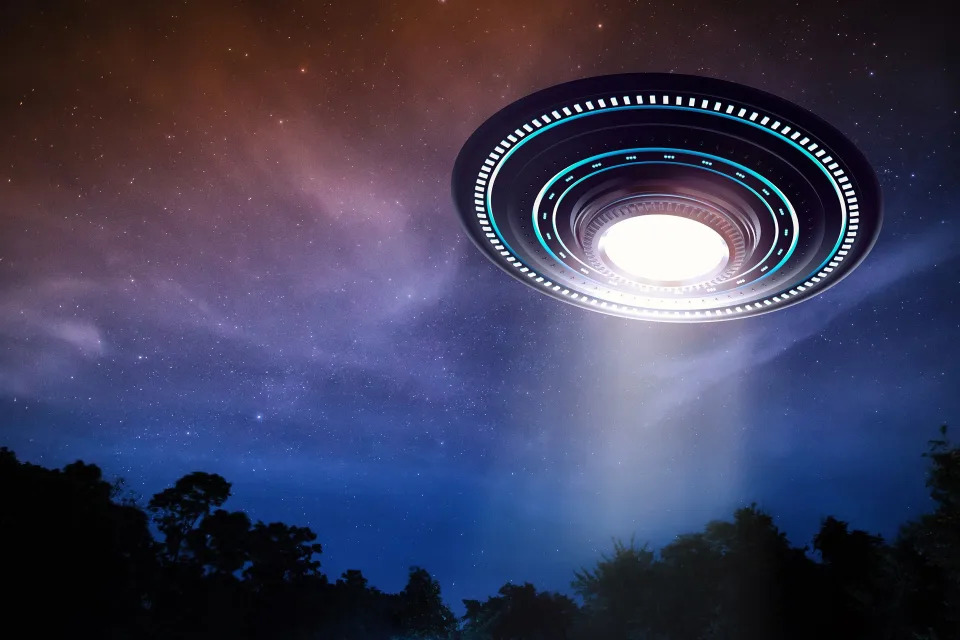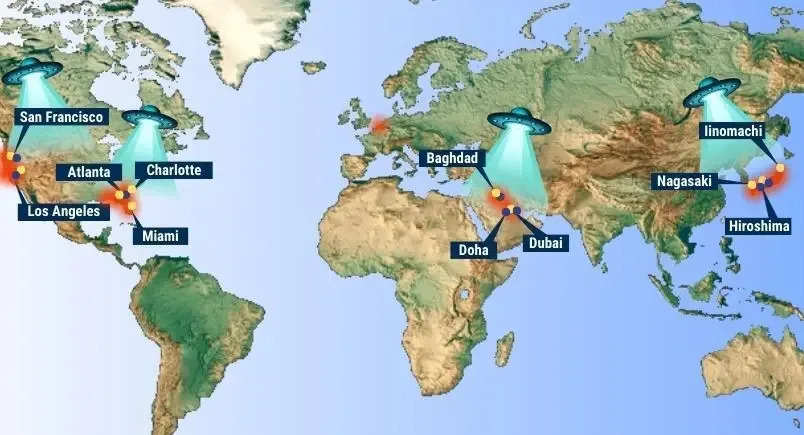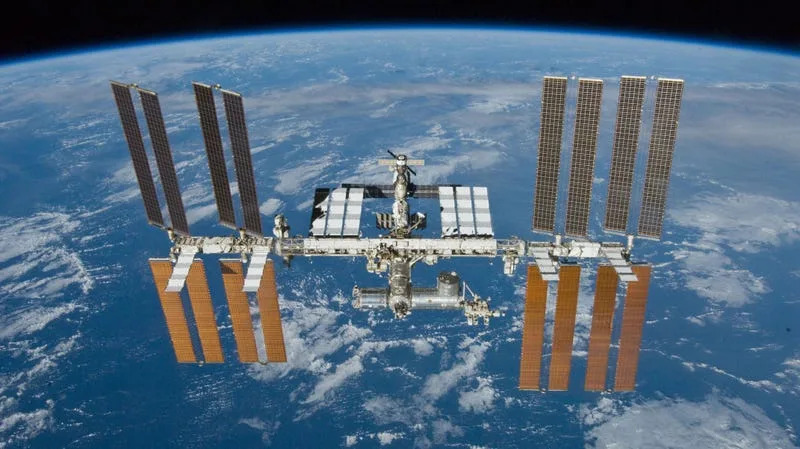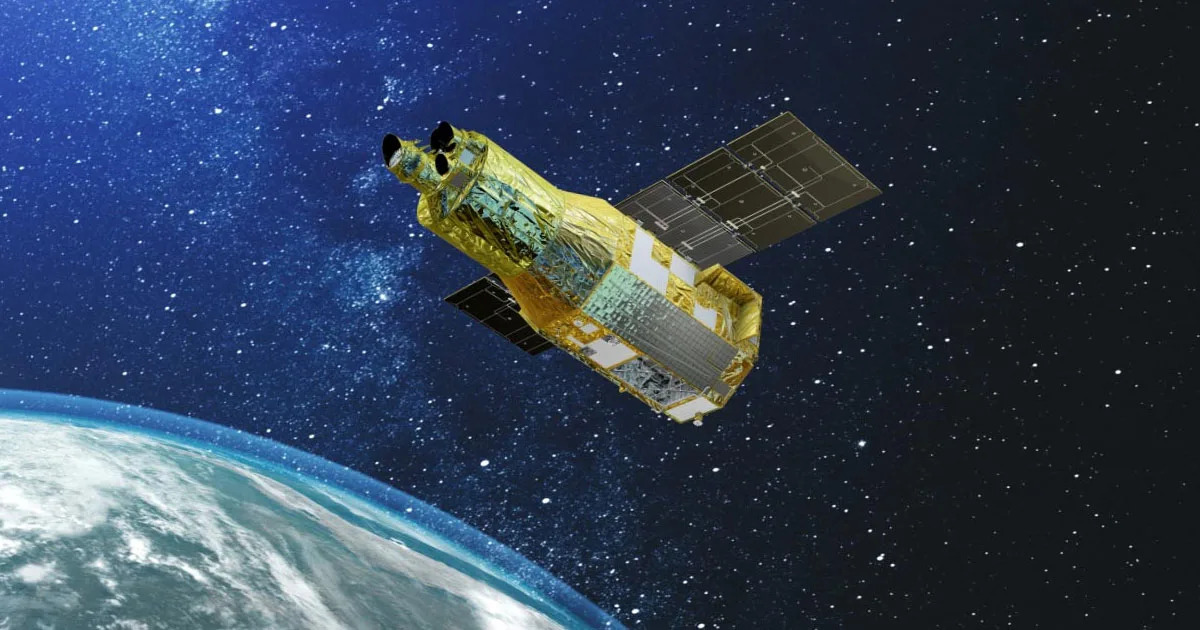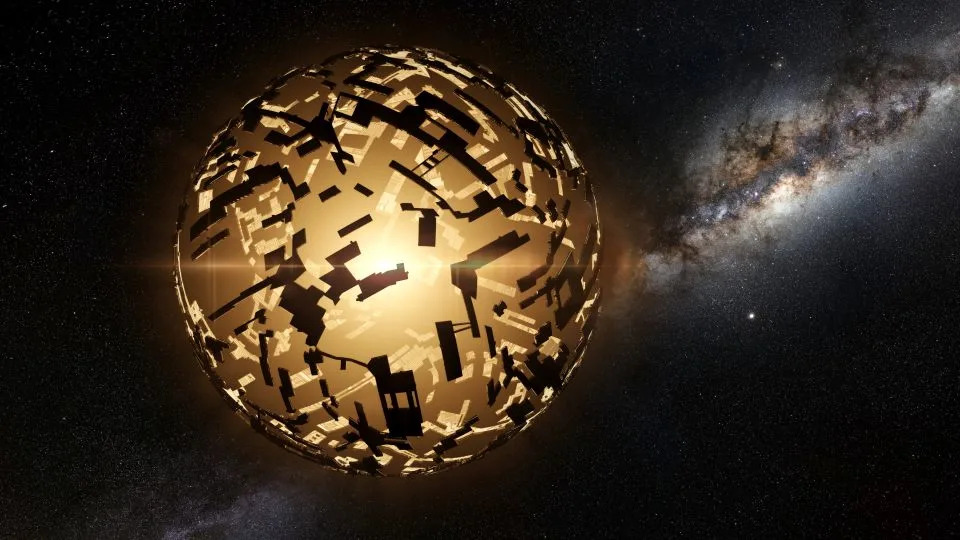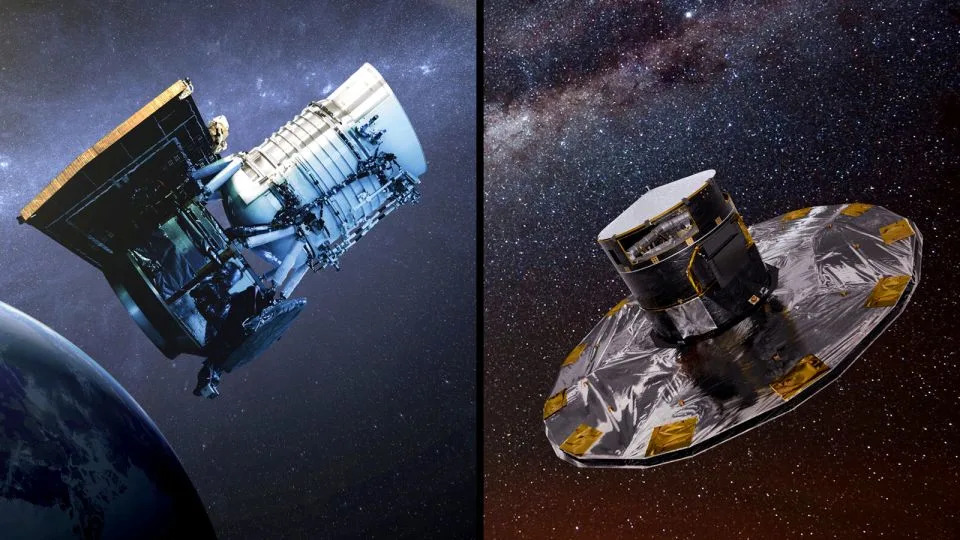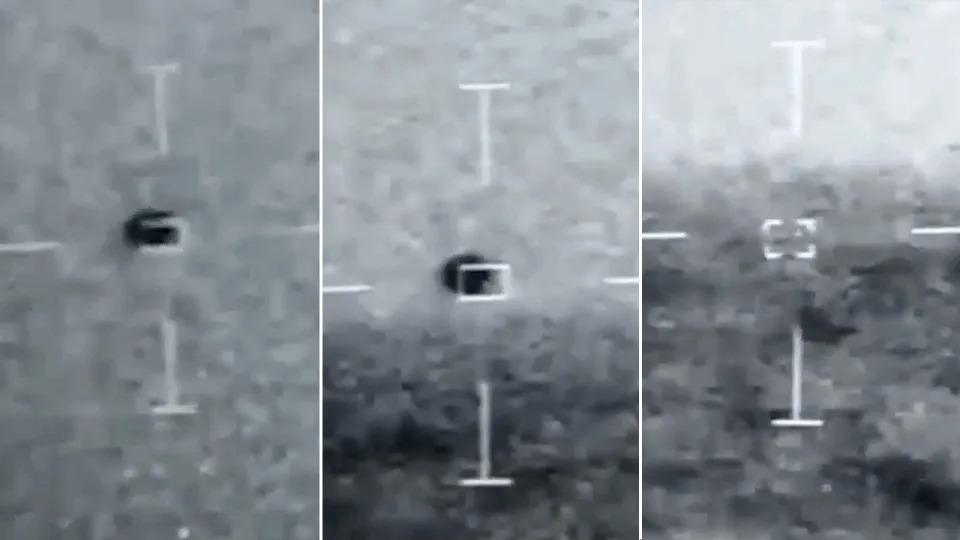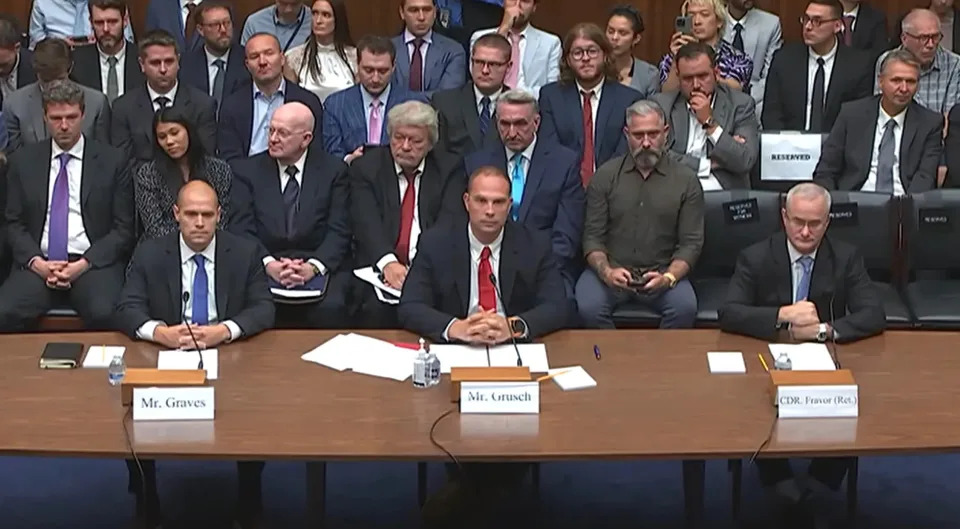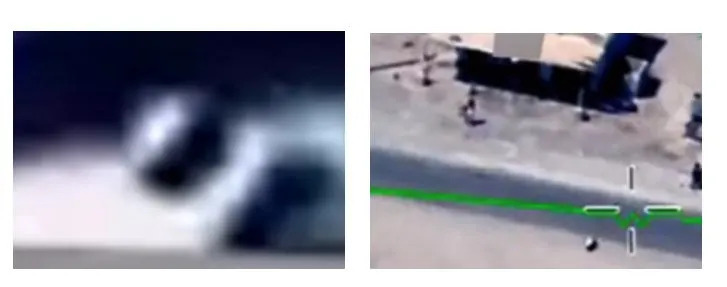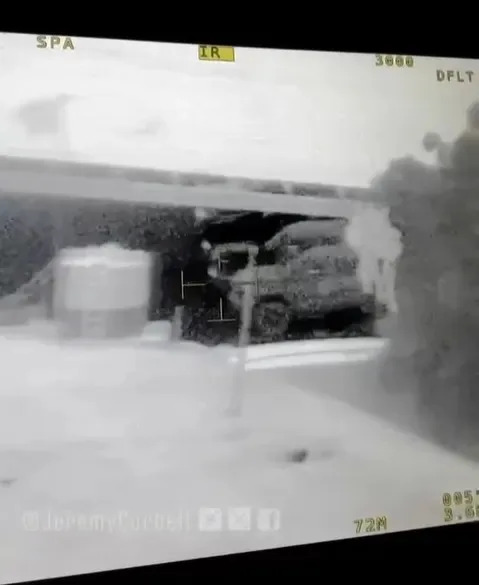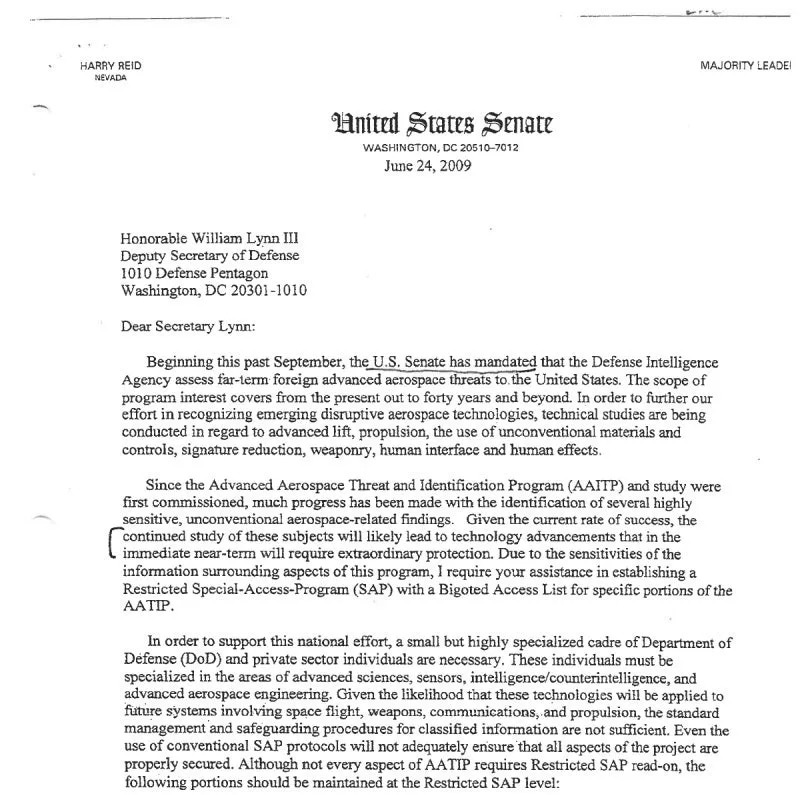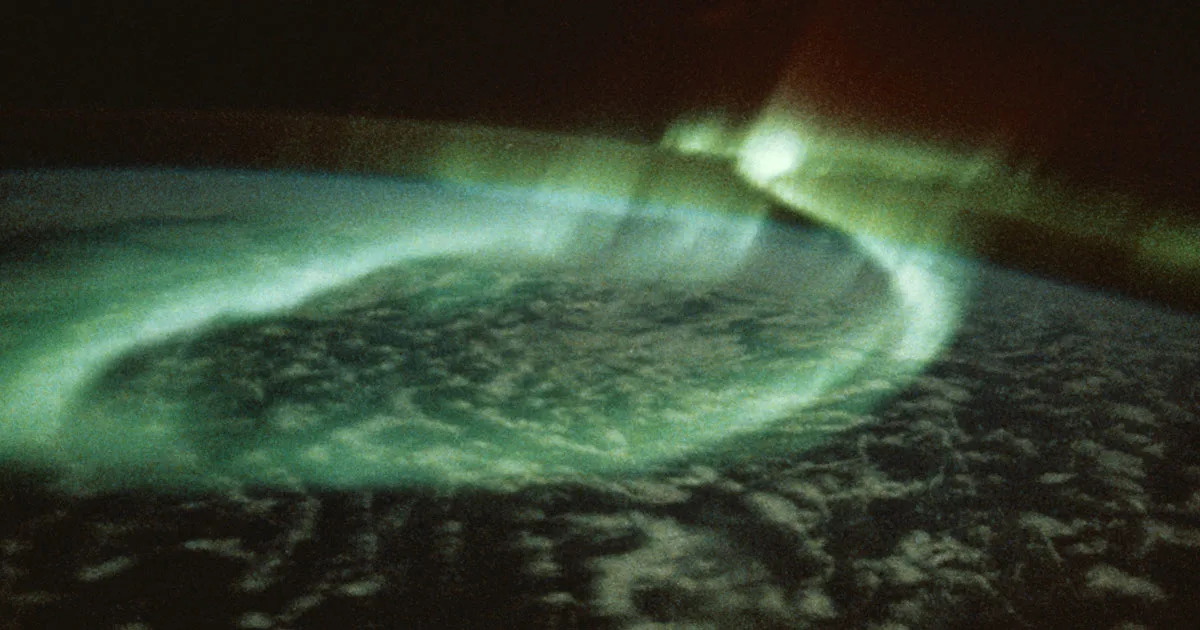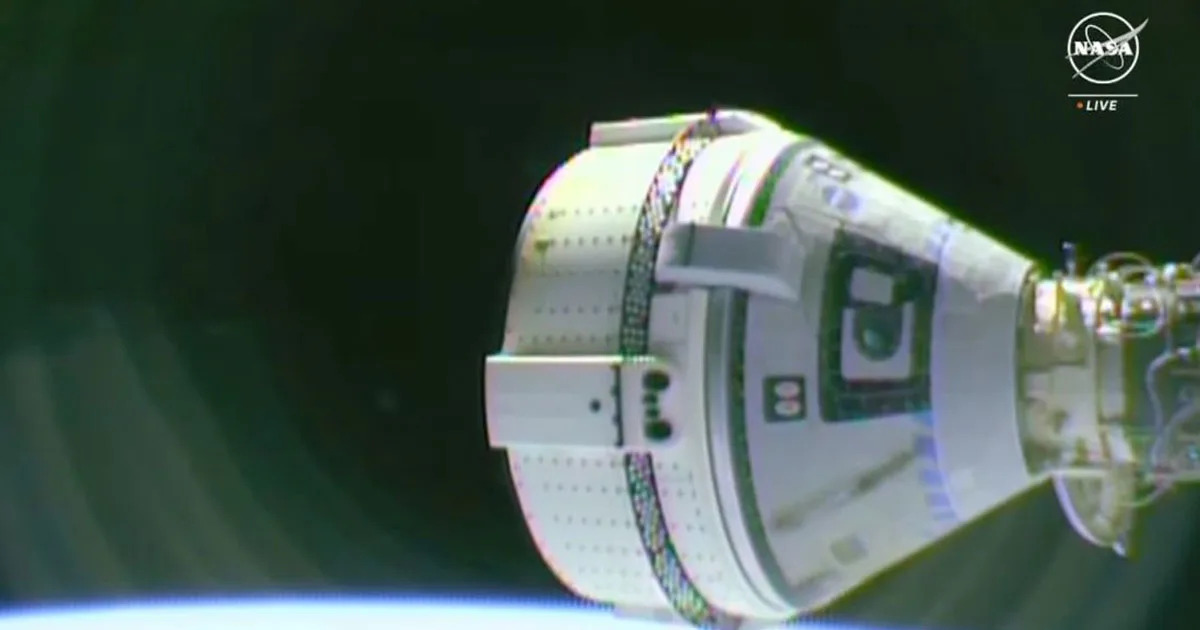NASA confirmed that audio from a simulation channel dedicated to dealing with disaster scenarios was inadvertently broadcast Wednesday on its YouTube channel. The audio indicated that an astronaut was in distress onboard the International Space Station with a tenuous chance of survival, a terrifying scenario for enthusiasts following the feed.
The clip featured a female flight surgeon in the Solar System’s scariest conference call. She seemingly talked the ISS crew through a crisis in which the station’s commander was suffering from decompression sickness, more commonly known as the bends. It is most often encountered with underwater divers returning to the surface, but can also be experienced by astronauts returning from spacewalks. She strongly recommended that the crew put the commander in his space suit for emergency treatment in preparation for an evacuation back to Earth.
Thankfully, the space agency confirmed there was no emergency situation. All the crew members were healthy and safe in the middle of their designated sleep period. NASA explained that audio from an ongoing training simulation was mistakenly rerouted to the YouTube feed.
However, everything hasn’t been fine onboard the ISS. The first crewed Boeing Starliner flight to the station was delayed due to a helium leak on the spacecraft. More helium leaks appeared when it finally climbed to orbit last week. Then, the Starliner’s first docking attempt with the station had to be called off because of malfunctioning reaction-control thrusters. NASA should hopefully be prepared if there is any serious issue with the Starliner.
Nasa astronaut distress message broadcast in error
Tom Gerken - Technology reporter
Thu, June 13, 2024

[Reuters]
Nasa has confirmed audio shared widely on social media of astronauts in distress was a simulation broadcast on its YouTube channel in error.
In the clip, intended to be used for training purposes, a voice said an astronaut on the International Space Station (ISS) had a "tenuous" chance of survival.
The broadcast of the clip on Wednesday evening sparked speculation online about a possible emergency in space - but Nasa said all members of the ISS are safe.
"This audio was inadvertently misrouted from an ongoing simulation where crew members and ground teams train for various scenarios in space and is not related to a real emergency," it said on the ISS X page.
Private firm SpaceX also posted on social media to say there was no emergency aboard the ISS.
The incident, which occurred at 23:28 BST, led some people to believe that a real astronaut was suffering from decompression sickness in space.
It was made all the more believable because, unlike fake audio which usually appears first from spurious sources, this was broadcast on an official Nasa channel.
In the audio being shared on social media, a person asks the ISS crew to help get an astronaut into his spacesuit, to check his pulse, and to provide him with oxygen.
Though Nasa confirmed the audio was shared in error, it did not independently verify the recordings being shared online were the same that it broadcast.
Decompression sickness, also known as "the bends", is a problem typically associated with scuba diving, which bubbles form inside the body due to a change in external pressure.
Astronauts follow protocols to remove nitrogen from the body to prevent this from happening in space.
According to Nasa, its crew members aboard the ISS were asleep at the time the audio was broadcast, in preparation of a spacewalk at 1300 BST on Thursday.
It says this will still go ahead as originally planned.











